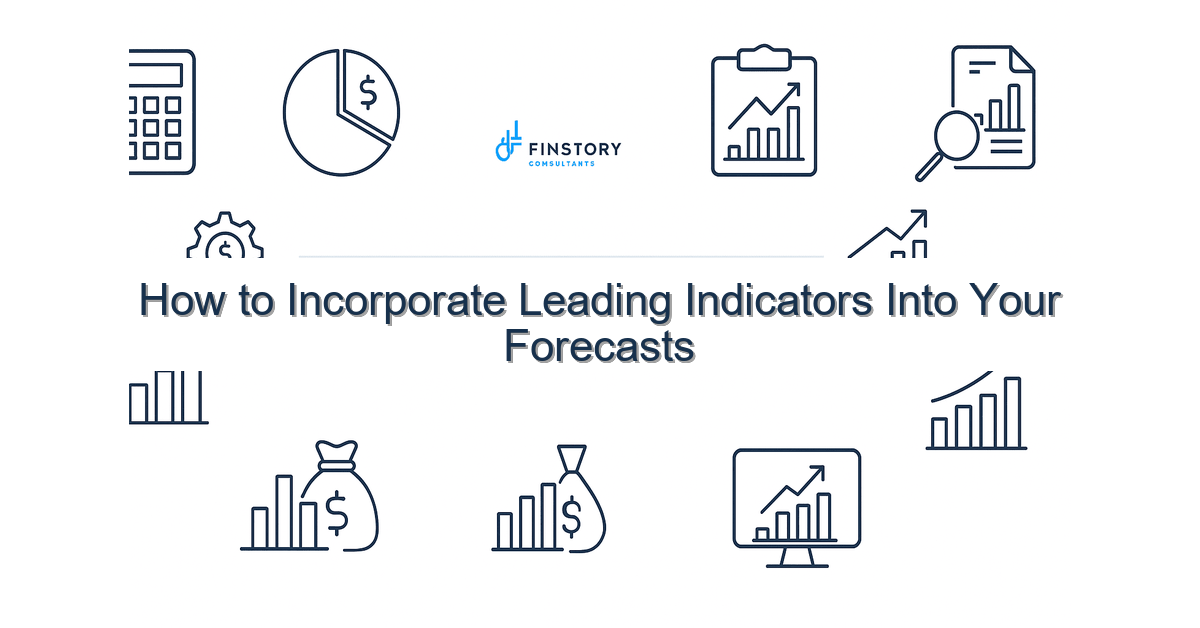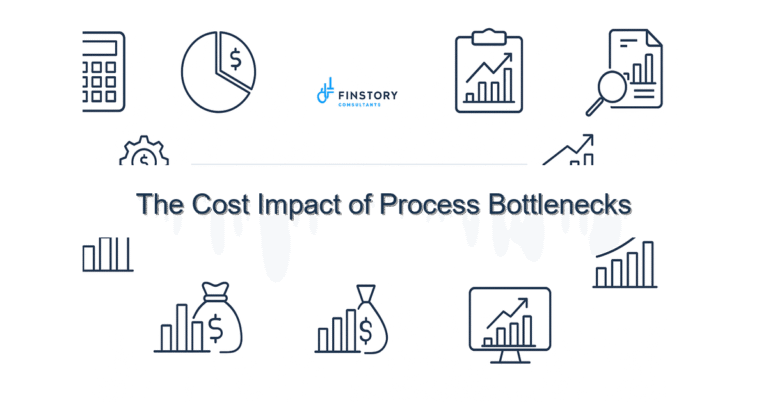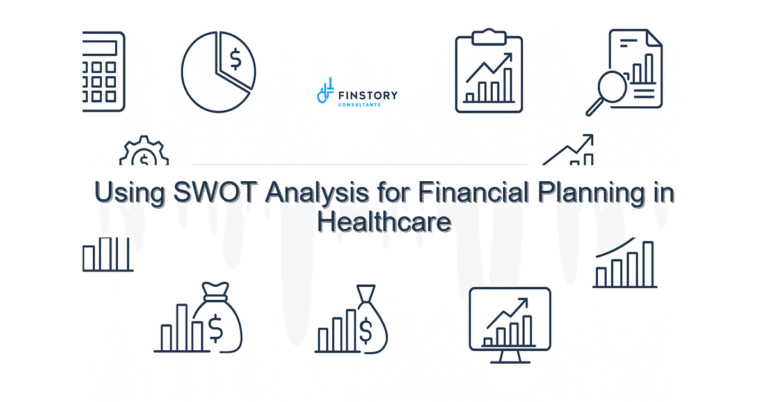How to Incorporate Leading Indicators Into Your Forecasts
You’re judged on the clarity of tomorrow, not the neatness of yesterday’s books. Healthcare operations and finance teams feel pressure to predict cash, capacity, and staffing before small issues become crises.
Summary: Add a handful of well-chosen leading indicators to your forecasts and you’ll spot revenue shifts, staffing needs, and cash pressure earlier—so you can act faster, shorten cycle time, and reduce forecast error.
What’s the real problem?
Hospitals and health systems run on momentum: referrals, appointment schedules, billing cadence, and payer behavior. Traditional forecasts often lean too heavily on lagging data like last month’s receipts. By the time that information is useful, the operation has already moved.
- Forecasts that miss sudden dips in outpatient visits or elective procedures.
- Cash surprises from unexpected slow claims or denials.
- Over- or under-staffing because schedule trends weren’t visible early enough.
- Decision paralysis: leaders lack confidence in numbers and defer action.
What leaders get wrong
Good leaders try to be precise, but precision with the wrong inputs is a false comfort. Common missteps:
- Relying only on historical cash and AR aging. That tells you what already happened, not what’s coming.
- Tracking too many noisy indicators without a plan—more data, less clarity.
- Waiting for perfect integration before acting. You don’t need a fully integrated data lake to test a few signals.
- Keeping forecasting as a quarterly finance exercise instead of a continuous operational tool.
A better approach
Think of leading indicators as early warning lights that feed a simple, repeatable process. Here’s a three-step framework to get started.
- Select 3–5 high-impact indicators. Choose things that move before revenue or cash—new referrals, appointment fill rate, pre-authorizations, elective surgery bookings, denial rate trend.
- Map each to a financial driver. Translate a 1% change in bookings or fill rate into dollars or staffing hours so the indicator plugs into forecasts directly.
- Build a rapid feedback loop. Update weekly, compare the indicator-to-outcome correlation, and recalibrate thresholds for action.
- Operationalize decisions. Define who does what when an indicator crosses a threshold—adjust schedules, accelerate collections outreach, or flex contracts.
Real-world example: a regional health system tracked referral acceptance rates and saw a 7% drop in referrals from two community clinics. By mapping that trend to expected outpatient revenue, finance warned operations and launched targeted outreach. The system reduced projected revenue variance by 4 percentage points in that quarter and avoided a costly hiring freeze.
Quick implementation checklist
Try these actions this week to start using leading indicators.
- Pick 3 pilot indicators tied to immediate pain (e.g., appointment fill rate, same-day cancellations, pre-auth denials).
- Run a 12-week backtest: compare indicator movements to revenue or volume outcomes.
- Translate each indicator’s change into financial impact (dollars or FTEs).
- Create a one-page dashboard in Power BI or your BI tool showing trend, threshold, and impact.
- Set a weekly cadence: 15-minute review with finance + ops owners.
- Define two action triggers (warning and action) and assign owners.
- Document one small experiment—e.g., increase outreach when referrals drop 5%—and measure results.
What success looks like
- Forecast accuracy improves from ±12% to ±5% for short-term (4–8 week) cash and volume forecasts.
- Close and reporting cycle time reduced by 20–40% because early signals reduce surprises.
- Working capital days reduced by 5–15 days through proactive AR actions driven by claims/denial indicators.
- Faster operational response—average time to corrective action drops from weeks to days.
- Measurable ROI: minor operational tweaks driven by indicators yield payback within a quarter.
Risks & how to manage them
- Noisy or false signals. Mitigation: start with backtests and require two indicators to confirm a material shift before major action.
- Data latency and integration gaps. Mitigation: use near-term workarounds—CSV exports, API pulls, or small Power BI models—while planning longer-term automation.
- Change fatigue and ownership gaps. Mitigation: keep the process light, tie each indicator to a clear owner, and measure the impact of interventions.
Tools & data
Leading-indicator forecasting doesn’t require exotic tools. Useful sources and tech:
- Operational systems: EHR/EMR scheduling, referral logs, pre-auth systems and OR schedules.
- Revenue cycle: claims pipeline, denial trends, payer payments velocity from your practice management or RCM tools.
- Finance automation: connect your general ledger and AR system to automate the outcome side of your tests.
- Visualization and reporting: Power BI, Tableau, or your BI tool for leadership reporting and weekly dashboards.
- Lightweight integrations: APIs or even regular extracts to a shared dataset to get started quickly.
Next steps
If you want rapid progress, start with a focused pilot: select three indicators, run a 12-week backtest, and build a one-page dashboard. Invite one operations leader and one finance partner to own the experiment.
If you’d rather not do this alone, contact Finstory. We help healthcare teams pick the right indicators, map them to dollars, and stand up the reporting and governance so your forecasts actually drive decisions.
Work with Finstory. If you want this done right—tailored to your operations—we’ll map the process, stand up the dashboards, and train your team. Let’s talk about your goals.
📞 Ready to take the next step?
Book a 20-min call with our experts and see how we can help your team move faster.
Prefer email or phone? Write to info@finstory.net
or call +91 44-45811170.






